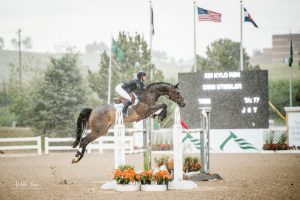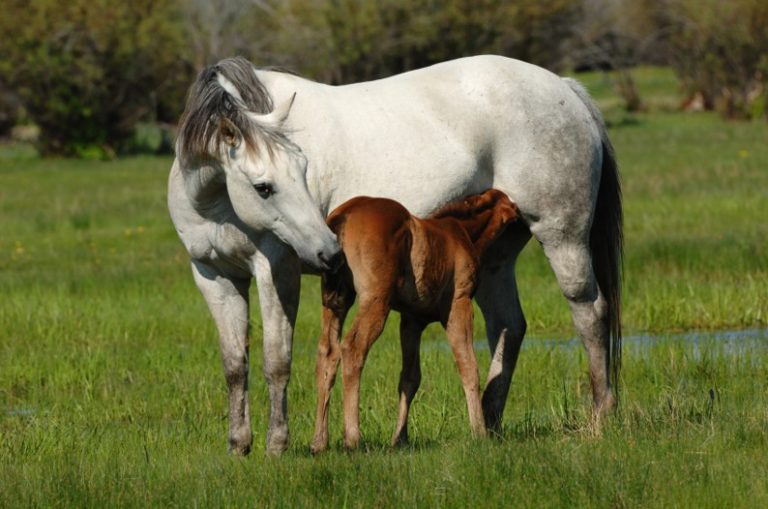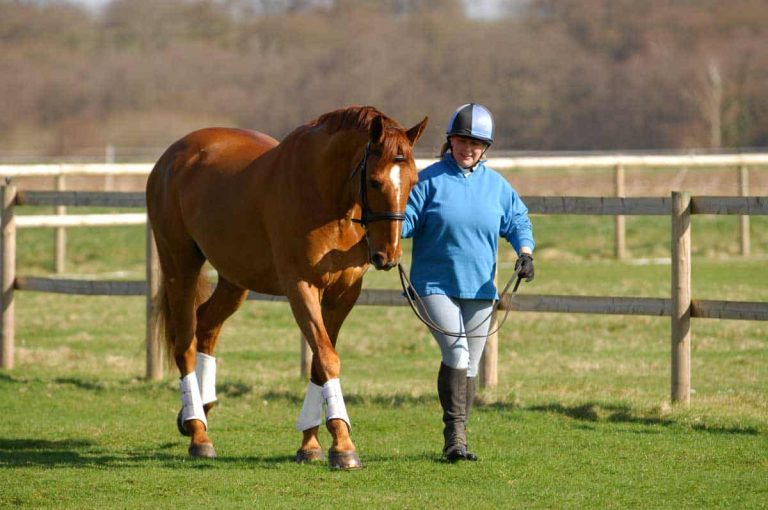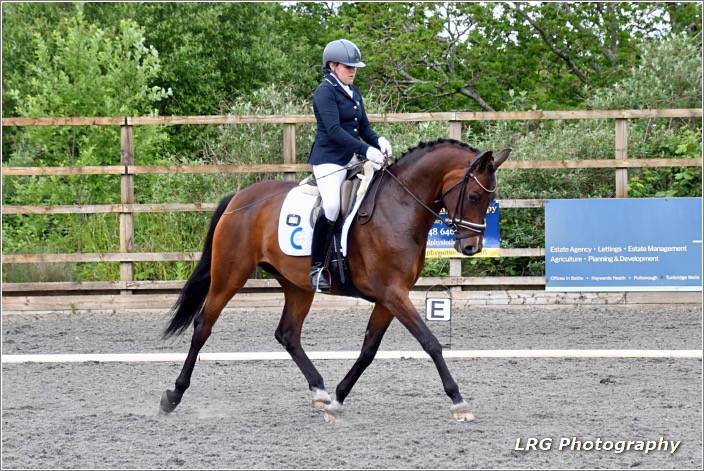Imagine yourself competing in a thrilling showjumping competition, the wind rustling through your hair as you navigate each jump with grace and precision. But have you ever stopped to consider how the weather conditions can impact your performance? From sunny skies to unexpected rain showers, the elements play a crucial role in determining the outcome of a showjumping event. In this article, we will explore the various ways in which weather conditions can affect a showjumping competition, revealing the secrets behind this exhilarating sport’s unpredictable nature. So grab your riding boots and let’s uncover the fascinating relationship between weather and showjumping!
Table of Contents
ToggleThe Importance of Weather Conditions in Showjumping Competitions
When it comes to showjumping competitions, weather conditions play a crucial role in determining the outcome. From the impact of wind to the influence of rain, and from the effect of temperature to the role of humidity, each weather element can significantly affect the overall experience and performance of both the riders and their horses. In this article, we will explore how various weather conditions impact showjumping competitions and discuss strategies for overcoming the challenges associated with them.
The Impact of Wind
Wind is perhaps one of the most influential weather conditions in showjumping competitions. Its force and direction can significantly alter the movement and trajectory of the horses and can even make it difficult for riders to maintain their balance. A strong gust of wind can push a horse off course or affect its jumping rhythm, which can lead to penalties or even accidents.
To navigate a windy course successfully, riders must learn to adapt their riding techniques. They should maintain a strong and balanced position, using their core muscles to remain stable. Additionally, adjusting the approach to jumps and timing the takeoff correctly is vital. By closely monitoring the wind direction and adjusting their strategies accordingly, riders can minimise the negative impact of wind on their performance.
The Influence of Rain
When rain falls during a showjumping competition, it can create slippery and muddy conditions, making it challenging for both horses and riders to manoeuvre and maintain control. Wet ground can increase the risk of injuries, as horses may slip or lose their footing during jumps or turns.
To mitigate the risks associated with rainy conditions, organisers must carefully manage the footing of the course. This may involve adding sand or other materials to improve traction and reduce the slipperiness of the surface. Riders should also adjust their riding techniques by making wider turns, keeping a lighter contact with the horse’s mouth, and being mindful of sudden movements that could cause loss of balance.
The Effect of Temperature
Temperature can have a profound effect on the performance and well-being of both riders and horses. Extreme heat can lead to dehydration and exhaustion, lowering the overall performance levels. On the other hand, frigid temperatures can cause muscle stiffness and increase the risk of injury.
To prepare for extreme temperatures, riders should focus on proper hydration and cooling techniques. Wearing appropriate clothing that allows for ventilation and heat regulation is also essential. Horses should be acclimatized to the temperature through gradual exposure and be provided with ample shade and water during breaks.
The Role of Humidity
Humidity levels can impact the overall comfort and performance of horses and riders. High humidity can make it more challenging for horses to thermoregulate their bodies, increasing the risk of overheating and fatigue. It can also affect the grip of riders’ hands on the reins, making it harder to maintain control and communication with the horse.
To combat the effects of high humidity levels, riders should prioritise the hydration of both themselves and their horses. Proper cooling techniques, such as using fans and cooling blankets, can also help regulate body temperature. Furthermore, riding gloves with good absorbency can improve grip and control, despite the moisture in the air.
Factors Influenced by Weather Conditions
Beyond the direct impact on riders and horses, weather conditions also play a significant role in several other factors associated with showjumping competitions.
Course Design and Difficulty
Weather conditions can influence the design and difficulty level of the course. For example, wind can be factored into the placement of obstacles and the layout of the track. Rains can impact the footing and, therefore, impact the jumps’ complexity and technicality. Extreme temperatures and high humidity may also require alterations to the course design to ensure the welfare and safety of participants.
Horse Performance
Weather conditions can affect horse performance in various ways. For instance, windy conditions can make it more challenging for horses to maintain their balance and rhythm. Rainy conditions can create physical discomfort and increase the risk of slips and falls. Extreme temperatures and high humidity can impact the horses’ stamina, endurance, and overall energy levels.
Rider Performance
Just as weather conditions can impact horse performance, they can also affect the performance of the riders. Strong winds can destabilise riders and make it harder for them to maintain their position and focus. Wet conditions can impair visibility and alter the feel of the reins, making it more difficult to communicate with the horse effectively. Extreme temperatures and high humidity can cause discomfort and fatigue, affecting the riders’ concentration and mental resilience.
Equipment Selection
Weather conditions can also influence the selection of equipment used in showjumping competitions. For instance, windy conditions may warrant the use of specialised ear covers or blinkers to minimise distractions. Wet ground may require the use of specially designed horseshoes with increased traction. Extreme temperatures and high humidity may necessitate the use of cooling blankets or specialised fabrics to prevent overheating.
Preparation and Adaptation in Different Weather Conditions
To excel in showjumping competitions, riders and horses must be well-prepared and adaptable to different weather conditions. Let’s explore some strategies for effectively managing and overcoming the challenges associated with various weather conditions.
Preparing for Windy Conditions
When preparing for windy conditions, riders should focus on strengthening their core muscles and maintaining a balanced position. Practicing riding techniques that allow for quick adjustments and adapting their approach to jumps based on the wind direction is crucial. Additionally, being aware of the horse’s sensitivity to wind and taking necessary precautions, such as using ear covers.
Preparing for Rainy Conditions
To prepare for rainy conditions, riders should practice riding on slippery surfaces and develop techniques that promote balance and stability. Wider turns, lighter contact with the horse’s mouth, and avoiding sudden movements are essential to mitigate the risks of slipping. Organisers must ensure proper footing on the course through the use of appropriate materials that enhance traction and minimise mud.
Preparing for Extreme Temperatures
Preparation for extreme temperatures involves a focus on hydration and cooling techniques. Riders should ensure they drink enough water before, during, and after the competition to prevent dehydration. Wearing breathable clothing that allows for heat dissipation is necessary to regulate body temperature. Gradually acclimatizing horses to the temperature and providing shade and water during breaks are vital for their well-being.
Preparing for High Humidity Levels
High humidity levels require extra attention to hydration for both riders and horses. Ensuring that horses have access to water at all times and providing electrolyte supplements can help maintain their performance. Riders should choose riding gloves with good absorbency to combat the effects of moisture on grip. Additionally, utilising cooling techniques, such as fans and cooling blankets, can help manage body temperature.
Strategies for Overcoming Weather-Related Challenges
While weather conditions can present challenges, there are strategies that riders can employ to overcome them and perform at their best.
Adjusting Riding Techniques
Adapting riding techniques to suit the weather conditions is essential. Riders should practice different approaches to jumps, adjust their body position and balance, and make quick decisions based on the changing wind or ground conditions. By being flexible and open to adjusting their riding style, riders can effectively navigate and overcome weather-related challenges.
Modifying Equipment
Modifying equipment is another way to overcome weather-related challenges. As discussed earlier, using specialised gear such as ears, horseshoes with studs, or cooling blankets can improve performance and ensure the welfare of both riders and horses. By utilising equipment designed specifically for adverse weather conditions, riders can mitigate some of the challenges they face.
Alternative Training Approaches
Incorporating alternative training approaches can help riders and horses adapt to different weather conditions. For example, training in simulated wind conditions or on slippery surfaces can prepare riders for real-life scenarios. Additionally, practicing in extreme temperatures or high humidity can acclimatize both riders and horses to these conditions and improve their overall performance.
Mental Preparation for Changing Weather
The mental aspect of showjumping competitions should not be underestimated. Mental preparation for changing weather conditions involves maintaining a positive mindset, staying focused, and having a flexible attitude. Riders should be prepared for unexpected weather changes and embrace them as part of the challenge. Visualisation techniques and mental rehearsals can also aid in adapting quickly to changing conditions and staying calm under pressure.







